10 Steps to Kickstart a Successful Career in Furniture Design
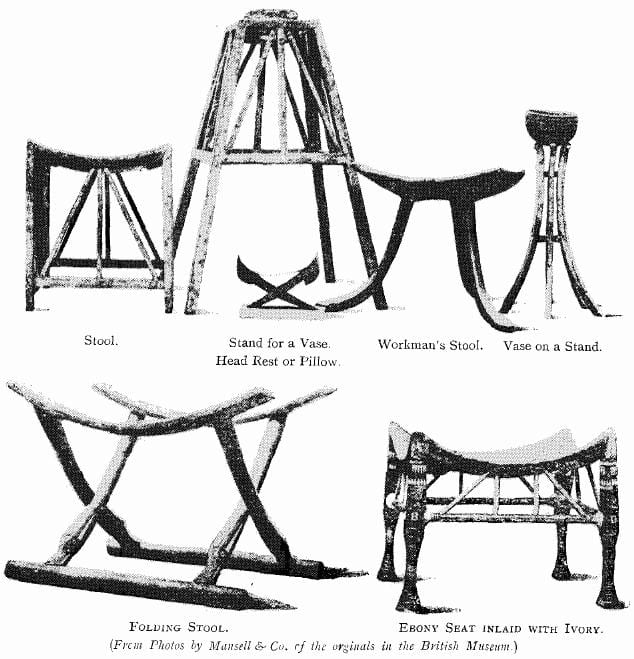
The role of furniture designer and maker has been around since the beginning of modern history, with beautiful examples of this line of work going as far back as the ancient Egyptians and Greeks.
Often taken for granted, these expert craftsmen and women work to create pieces that help us perform everyday activities while simultaneously decorating our spaces.
The furniture designer may often, in the past, have been eclipsed by the more glamourous role of the interior designer, but furniture is in fact is the backbone of interior design. It not only defines layout, style, and activities within a space, but engages our senses and influences our mood and state of mind.
And while the beautiful pieces that adorn furniture shop windows may look deceptively simple, there is a vast amount of thought, design and testing that goes into creating a product that delivers equally on aesthetics, functionality, quality, and safety.
So if you’re looking to join this age-old vocation that sits at the meeting point of artist and engineer, you’ll want to read this guide created by our tutors to help furniture lovers explore an exciting career in furniture design.
Should You Become a Furniture Designer?
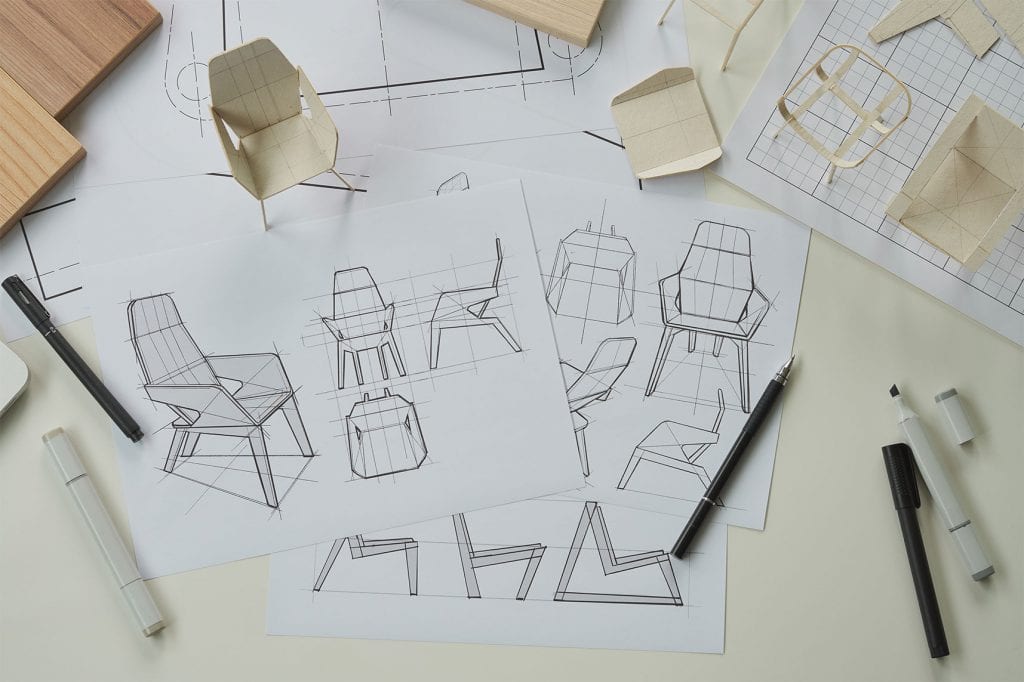
Before we get into the ‘how’, an important thing to consider is whether the furniture industry is a viable career choice today. Is this a thriving industry that promises good pay and a secure stable job?
The global furniture market is expected to show a very healthy growth rate of over 5.4% from 2020 to 2026, according to Global Market Insights. And when you consider that a furniture designer can expect to be paid on average £27000 in the UK, working in-house, and potentially considerably more for specialist one-off or production furniture, it becomes clear that furniture design today is a solid career choice.
In addition, the scope of work for furniture designers is quite broad. They can either work independently and establish their own design studio, or be employed by furniture companies, either working in-house or collaborating on specific collections for manufacturer brands. Furniture designers also often work in partnership with interior designers and architects to help bring about their visions.
And as job roles with the interior design industry get increasingly specialised, so does the demand for furniture designers and for interior designers with furniture design expertise.
Furniture Can Be Fascinating

The world of furniture happens to be incredibly exciting at the moment. Just like the Bauhaus era that led to the introduction of iconic pieces that remain loved a hundred years on, the furniture business is going through a similar period, with exciting new modern manufacturing technologies and a drive towards sustainability that’s pushing an exploration of new materials and forms.
And in a Covid-era where lockdowns are an everyday occurrence, there’s a newfound interest in the world of interiors, with everyone reassessing their residential and commercial spaces and questioning whether the pieces in them express who they are and add value to our lives.
There’s also greater appreciation for the craftsmanship involved in making furniture. The story of the designer, the creative inspiration behind a piece and the process of making it are celebrated today just as much as the end-product.
Throw into the mix e-commerce helping furniture houses go global and augmented reality helping the end-user visualize how furniture pieces fit into their spaces….and it becomes clear that this industry is a good place to be in. Here’s what you’ll need to do to make your mark on it…
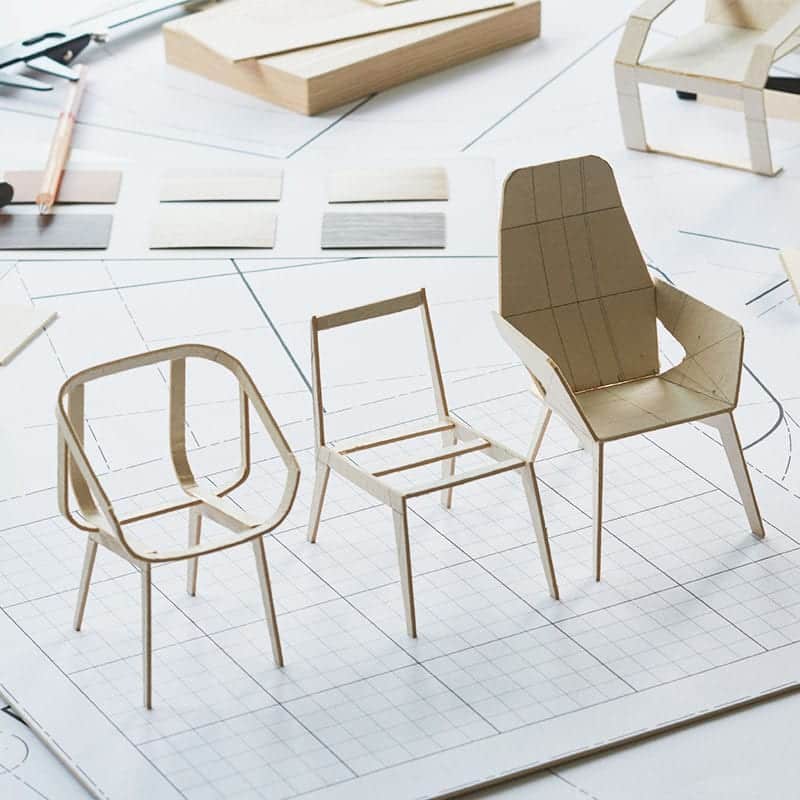
1. Get a Qualification in Furniture Design
The first step in your furniture designer career path is getting an education. Furniture design, like all product design, requires a variety of skills in creative thinking, problem solving and vision, design development, modelling, materials, and manufacturing. A Diploma or Bachelor’s degree in furniture design, interior design, product design, industrial design or architecture is almost always a prerequisite for employment in this role.
At the National Design Academy, we provide an online accredited short course in furniture design that offers a window into this field. This course is a good introduction for those looking to explore this subject as a career, as well as adding specialised skills to practicing interior designers and architects.
In addition, a very useful next step after getting an education is securing an apprenticeship, where the designer gets to learn on the job while shadowing more experienced professionals.
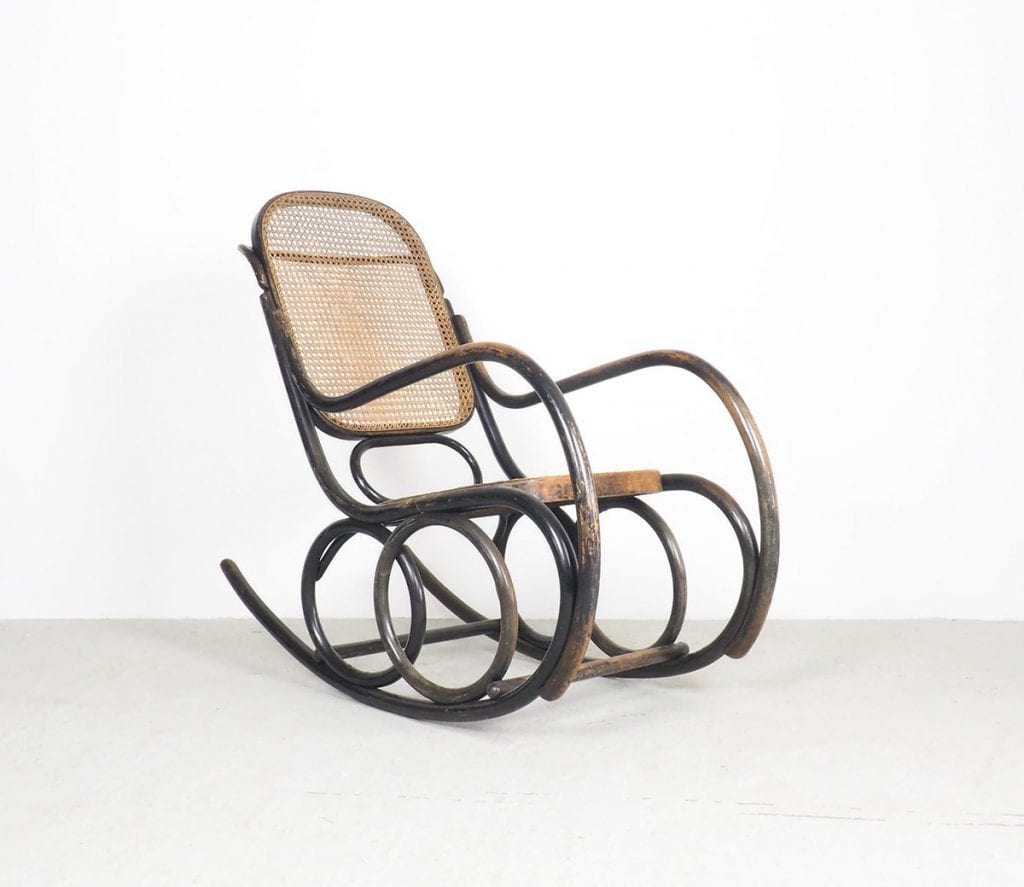
2. Understand Furniture to Create Your Own Signature Style
It’s common sense that if you’re looking to invent something new, you’ll need to look back and understand all that’s old. Establishing a firm grasp of different approaches to design, and various interior and furniture styles from the past will serve as a solid foundation to determine your own approach and style as a designer.
Finding your voice as a furniture designer comes by looking closely at what resonates with you… whether your approach will be driven by a human centered, an environmental impact or an artistic approach for example, and how you then interpret this in your designs through fabrication, forms, colours, materials, and textures.
It’s important that designers understand the intricacies of a style…knowing the difference between a spade foot and slipper foot in furniture, the subtle variance in colour between the traditional Dusty Rose and trendy Millennial Pink, the nuances in texture between aniline and nubuck leather…
By understanding different historical styles and approaches, designers can then work on defining their own. It also enables them to draw on these for inspiration and adapt them according to their own design point of view. After all, good design is timeless. That’s why Michael Thonet’s Bentwood chair looks just as stylish in cafes today as it did in the 1850s!
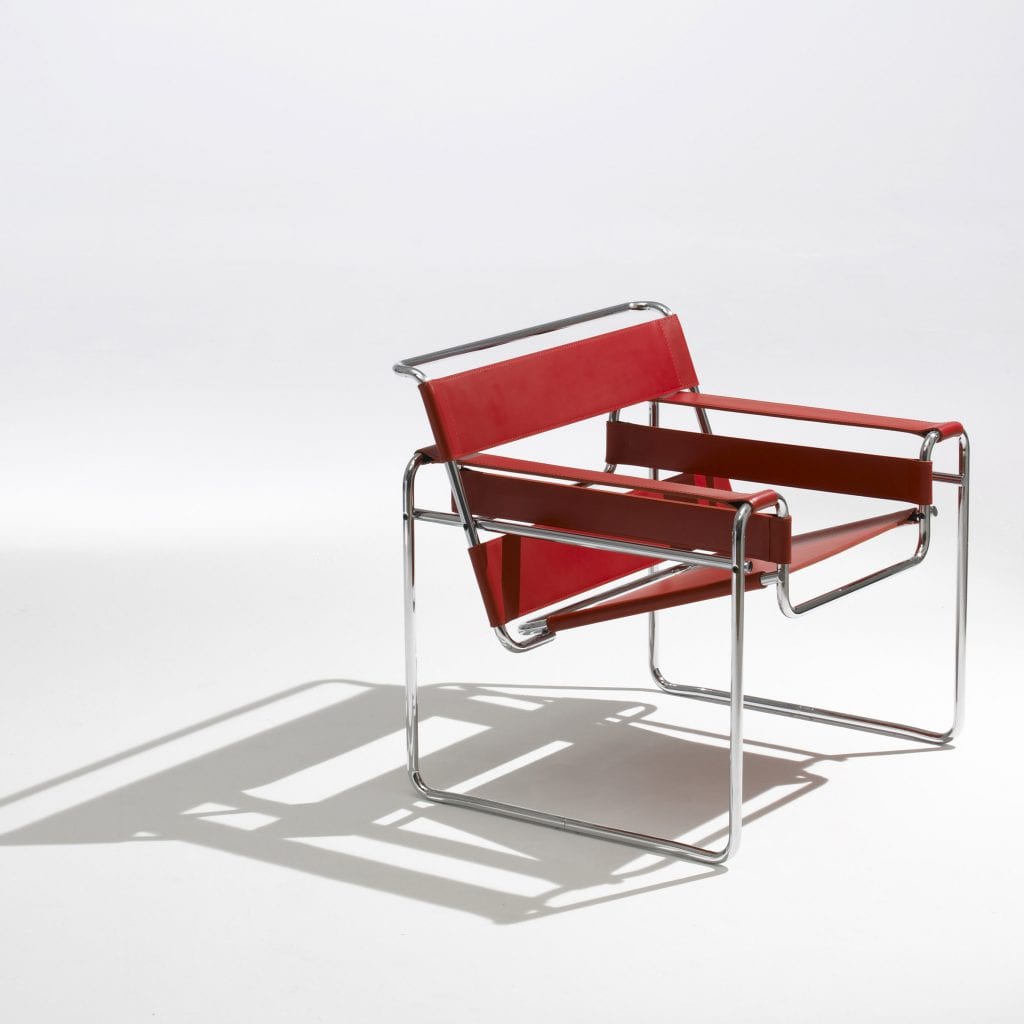
3. Be a Master of Materials
How can you be a skilled craftsman if you don’t know your tools and materials? Becoming an expert in materials is part and parcel of the job of the furniture designer.
There is a vast array of materials available in the design arena, as well as new ones waiting to be discovered. Designers have to be knowledgeable about the most suitable materials to use and their characteristics – such as stability, durability, pliancy, safety, eco-friendliness, and cost. Only when these artists master the media they work with, they’re able to turn their abstract notions into physical creations, and elevate simple design to inspiring creations that are commercially viable at the same time.
Think about how Marcel Breuer’s famous Wassily Chair – made of leather and steel – was considered so forward thinking for its time. Mixing unusual materials was a brave new direction that was integral to the Bauhaus Modernist movement. This turning point in the history of furniture was only made possible by designers researching and sourcing new materials to create beautiful design pieces that we still love today.
Just like plywood, plastics, and metals were considered revolutionary materials a century ago and prompted a new era in design, ongoing advances in technology today can lead to new materials and manufacturing processes and can keep driving innovation in the industry. So it’s important for designers to constantly be on the lookout and experiment with new things.
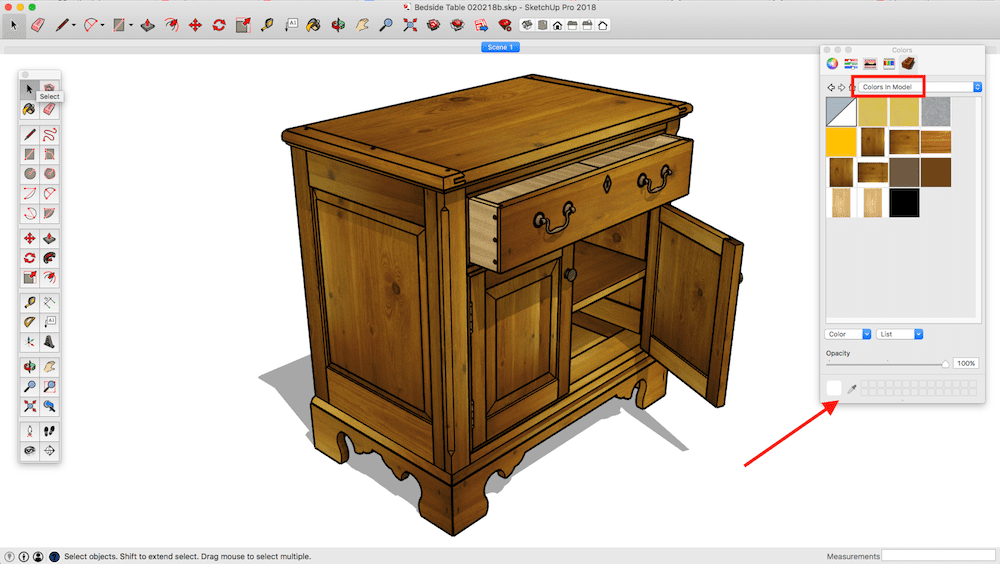
4. Choose the Best Furniture Design App
Digital 3D modelling is very much a standard requirement in the furniture industry today. Using digital programs facilitates design and prototyping, improves accuracy and efficiency, simplifies design amendments, and creates more realistic and lifelike models.
There is a plethora of software programs and applications available to help designers, all with different pros and cons. Popular programs for designers include AutoCAD, SketchUp, Vectorworks, Rhino, SolidWorks, Pro 100, SketchList 3D, and Fusion 360.
Learning at least one 3D technical drawing program is a must when it comes to designers’ employability and work efficiency. Some programs can yield incredible results but can also be highly complicated to operate and be mostly incompatible with other programs, so consider usability before you make your choice.

5. Find the Best Furniture Books & Blogs
Because the furniture design profession goes back hundreds of years, there is a wealth of knowledge to be found in books. Reading up on the top publications on this subject can expand your thinking and cement your knowledge.
Examples of books that should be on the library shelf of every furniture designer are:
- 1000 Chairs (Charlotte & Peter Fiell, TASCHEN)
- Mid-Century Modern Design (Thames and Hudson)
- Atlas of Furniture Design (Vitra Design Museum)
- Scandinavian Furniture: A Sourcebook of Classic Designs for the 21st Century (Judith Gura, Thames and Hudson)
- History of Furniture: A Global View (Mark Hinchman, Bloomsbury)
- Furniture – World Styles from Classical to Contemporary (Judith Miller, DK Publishing)
- Design of the 20th Century (Charlotte & Peter Fiell, TASCHEN)
When it comes to online publications, follow both international and local industry blogs and subscribe to corporate newsletters. Remember to check magazines to keep up with industry news, exhibitions and the latest collections.
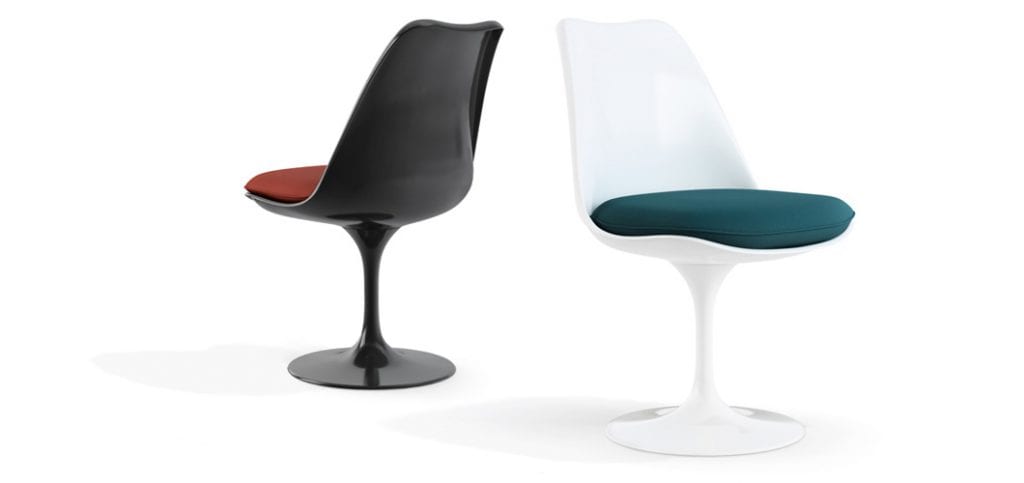
6. Find Design Inspiration Around You
Every piece of furniture starts with an idea. But where do designers get their ideas? Ever wondered what it was that sparked the concept behind Saarinen’s revolutionary ‘one-legged’ Tulip chair, or Eames’ luxurious Lounge chair? The Wassily chair was inspired by the steel tubes of a bicycle! Even more interesting is how Studio 65 could visualise a sofa design from Marilyn Monroe’s lips!
Finding inspiration is a constant challenge that faces all types of artists. Professionals in all creative industries have to keep their eyes and other senses open, absorbing all that’s around them, and looking for the next thing that can become a springboard for their imagination.
Designers often look to nature, culture, or other creative industries like film, music or fashion to stimulate their imaginations and come up with a rough design concept. Even as it evolves, that initial concept and design approach is crucial because it serves as the base for all the ideas and decisions that follow in creating the finished piece of furniture.
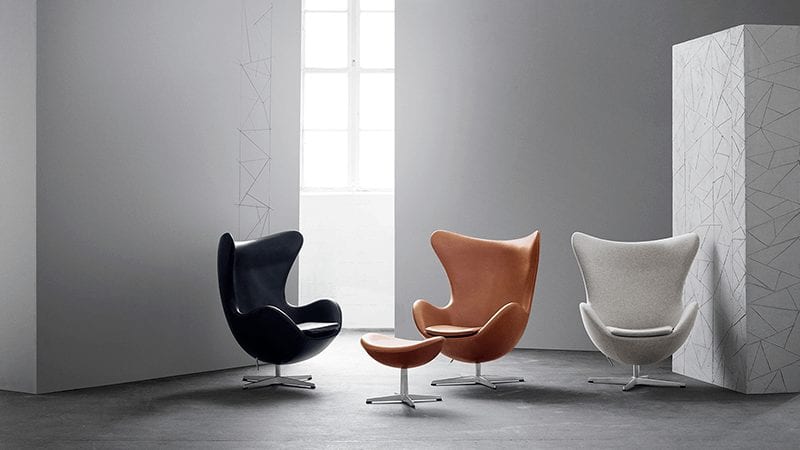
7. Win the Furniture Owner’s Heart AND Mind
Looks matter…it’s a sad fact of life but it’s also the driving force for all designers in any field. The appeal of a product lies in its ability to grab attention and make a good first impression with the customer. But in time, the allure of good looks will fade if the product doesn’t originate from the right approach – providing a functional and useable solution to a real need. How the user repeatedly engages with the piece and how it serves the function it was designed for is what ultimately determines the success of its design.
It’s only when you find yourself cocooned within an Arne Jacobsen Egg chair that you truly appreciate the designer’s ability to blend beautiful aesthetics with maximum comfort.
Just like interior designers, furniture designers need to know exactly who they’re designing for. They need to think about things like user behavior, lifestyle, and ergonomics. They need to dig deep into how the customer will use the pieces they design, at what time of the day, how often, in what social context, and even what emotion they want to get out of them.
Like fashion, the choice of furniture is a reflection if its owner and how they’ll use it. Are you designing a soft cushy sectional that envelops the entire family – and the dog – as they sprawl over it watching a Saturday night movie at home? Or is this a chair to be style statement that matches the elegance of the fashionista neatly perched on it?
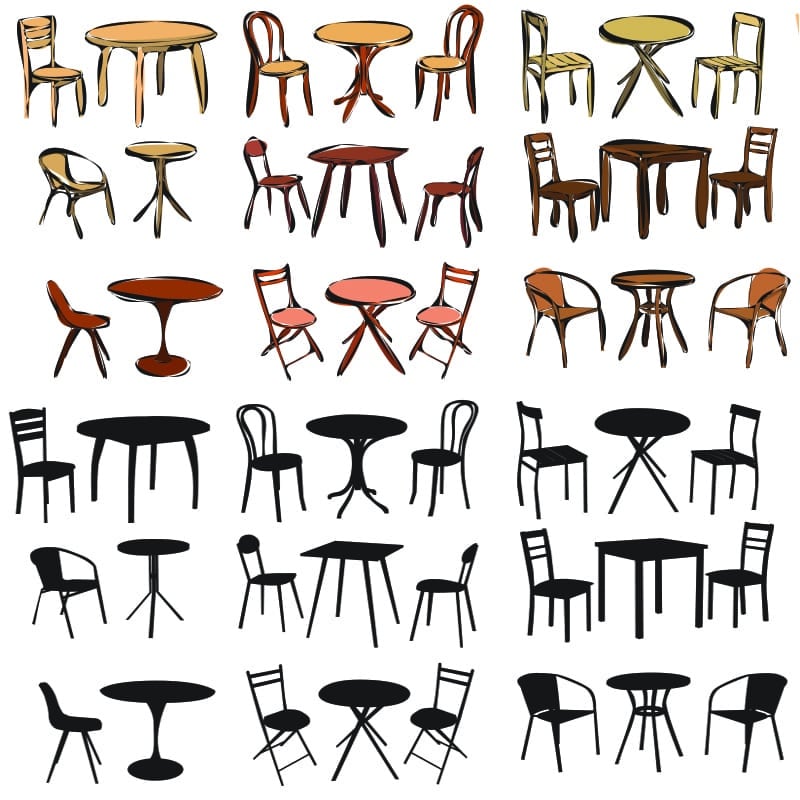
8. Follow Furniture Trends…or Create Your Own
Like all creative industries, the furniture industry goes through a cyclical pattern. New trends are inspired by older ones that are given a new life through a contemporary interpretation.
Furniture trends go hand in hand with what’s happening in the interiors business, but also in areas like fashion, music, and the movies. New colours, materials and forms come into play every year, reflecting both global and regional directions in aesthetics and functional requirements.
You’ll need to keep up with new colour trends announced every year by companies like Pantone and large paint manufactures. And keeping an eye out for new materials and production processes also opens up the possibility of new forms and finishes.
As a designer, if you choose to ride the trend bandwagon, it may a good idea not to get carried away. Maintaining a long-term identity and an overarching style means that you’ll create pieces that won’t look dated next year.
Many furniture designers intentionally choose not to align their work with trends, and benefit by going against the grain and having an original stamp to their work. You never know – your individuality can end up possibly being the catalyst for a new trend! Who would have thought that Charles and Ray Eames’ designs would be so embraced by the masses when they were so different and ahead of their time?
Whatever your approach, it’s important to know what’s happening right now in the larger context of the industry and see how your work fits into the picture.
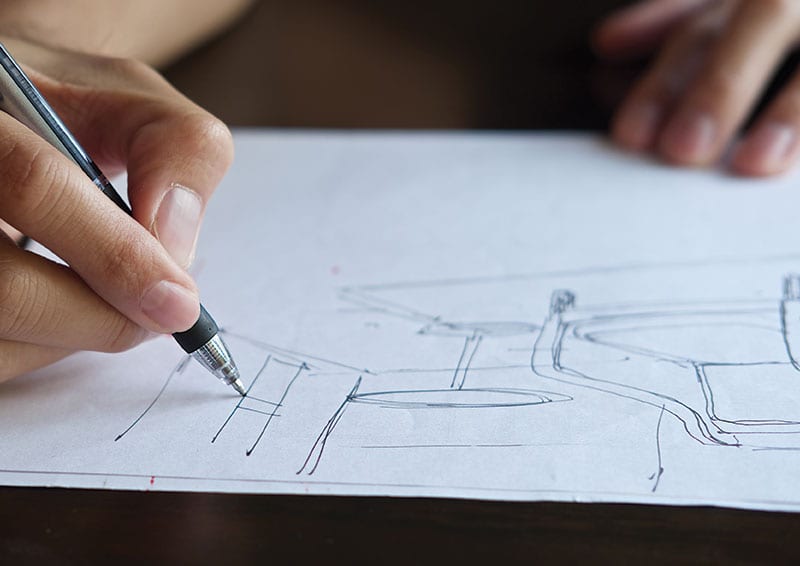
9. Don’t Just Build Furniture…Build Partnerships
A furniture designer never works alone. There are far too many skills required to be able to pull it all off by yourself. Furniture designers are often subcontracted by architects and interior designers for projects, or invited to design collections for furniture brands, or even commissioned directly by clients.
They also work hand in hand with manufacturers and suppliers to collectively bring a design concept to life. Those close relationships are one of the best ways to raise a designer’s profile and generate business through word of mouth.
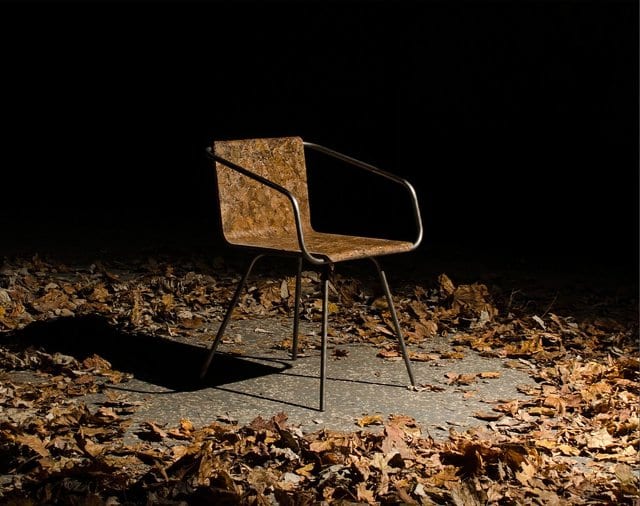
10. Know Your Industry
Working successfully within the furniture industry means knowing it inside out and understanding the key issues in it. For example, there is increasing pressure, and in many countries legal obligations, on furniture companies to practice responsible design and minimize the environmental footprint of the product’s lifecycle.
In today’s ‘fast furniture’ era, with mass production of pieces that have a short lifespan with their owners, designers have a responsibility to employ the most environmentally friendly materials and processes….anything from using salvaged wood, recycled plastic and fabrics, upcycled scrap materials or waste products, to renewable natural resources like cork, bamboo or seagrass. And it’s not just materials that need to be considered, but the entire cycle from concept to shelf, including of course using more eco-friendly manufacturing methods.
Responsible design also looks at ethical sourcing and ensuring fair compensation to craftsmen that are usually based in third world countries and employed by large global manufacturers. Abiding by these requirements not only ensures you’re on the right side of the law, but also public opinion. After all, Fair Trade and green certifications are badges of honour for the designer and assurances to the buyer of a responsible approach to design.
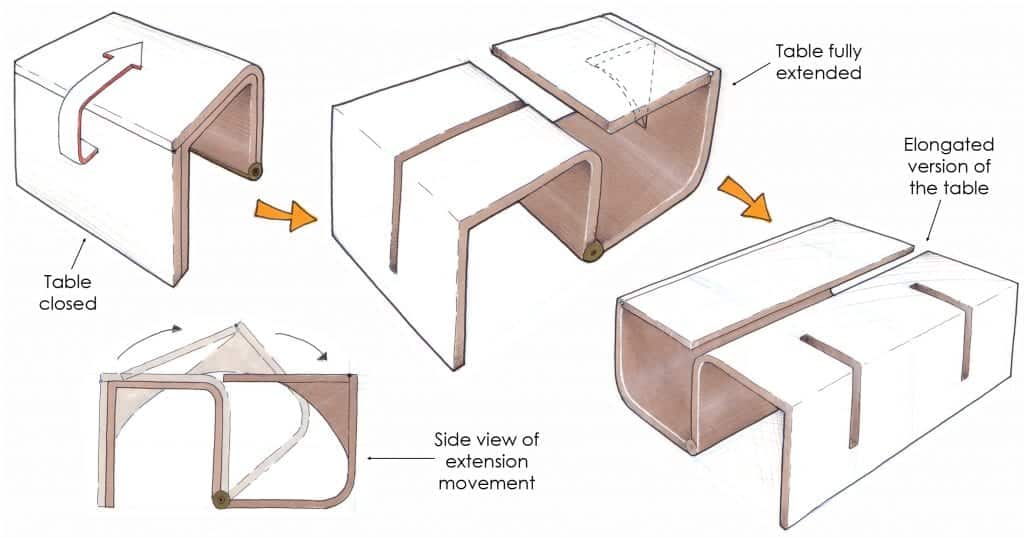
Still Want to Be a Furniture Designer?
And there it is…our ultimate guide to starting out and building your success as a furniture designer.
Furniture design is an exciting profession that challenges you to marry functionality with aesthetics in design. Here’s your chance to unleash your creativity and really showcase your design ability. Seeing a space full of people enjoying your own furniture designs is a feeling like no other!
And as you carve out your path in the furniture business, think of how you’d like to make your mark in this ancient tradition.
With the right thinking, a deep understanding of your customer, solid technical know-how and your finger on the pulse of the industry you’re in, you never know…you could be on your way to creating the next iconic furniture piece that will be remembered a century or two on.
_____________
If this sounds like a career you’d like to consider or if you’re an interior designer looking to build specialist furniture design skills, consider enrolling in our furniture design short course taught by award-winning designer Rock Galpin. The course is taught fully online, with an interactive class experience


7 responses
The furniture designer may frequently, in the past, have remained eclipsed by the more glamourous role of the inner designer, but furniture is in fact is the mainstay of inner design.
Useful information about furniture designs. Thankyou for sharing a blog. Great post.
I am really happy to say it’s an interesting post to read . I learn new information from your article about furniture designs , you are doing a great job . Keep it up.
I am really happy to say it’s an interesting post to read . I learned new information from your article about furniture designs. You are doing a great job . Keep it up
Great job on your blog post! The information was presented in a concise and digestible manner. I appreciated the relevant examples and the actionable advice you provided.
The blog was really interesting and informative, highly appreciated.
Excellent post! Thanks for sharing such valuable insights.